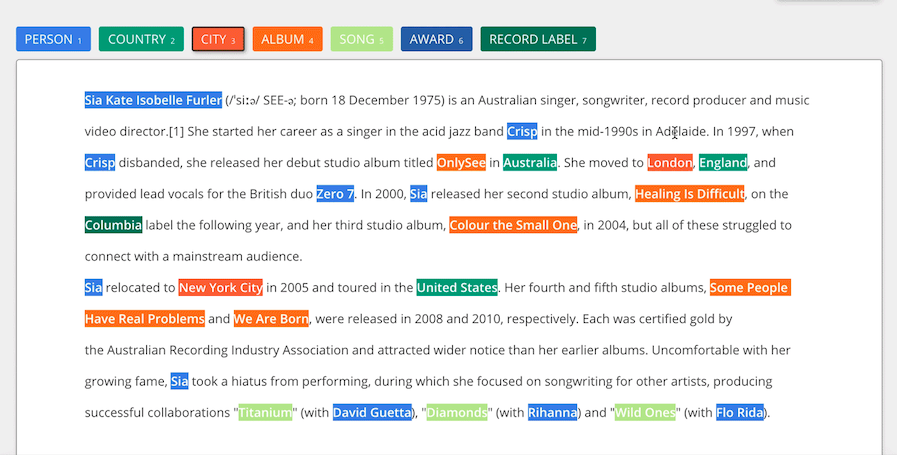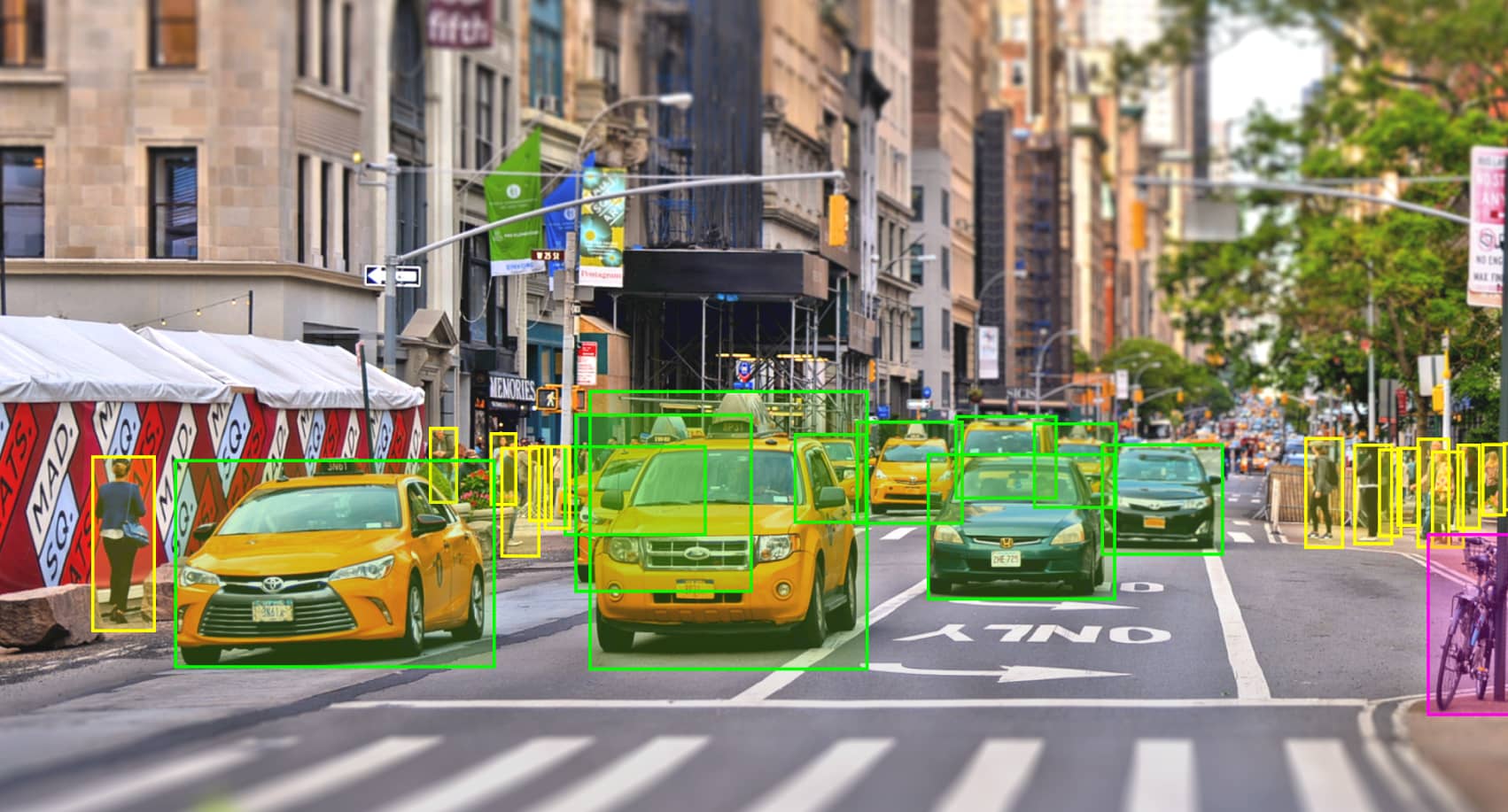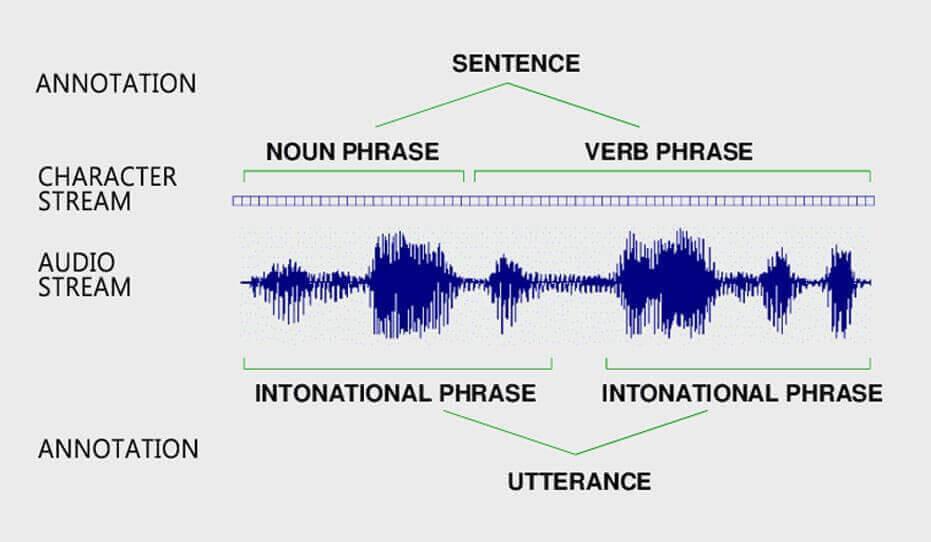What is data labeling? How to make it work efficiently?

For today's enterprises, data is the ultimate kind of wealth. The proper use of any data has been shaping society favorably as technology like artificial intelligence gradually takes over most of our daily activities. Effective data separation and labeling allow machine learning (ML) algorithms to identify problems and offer workable, pertinent solutions.
To train the machine to behave "smartly," we input the data in various formats and teach it various strategies with the aid of data labeling. Here we are going to discuss how you can do data labeling work effectively and make your model behave smartly.
What is data labeling?
Data labeling in machine learning is the procedure of classifying unlabeled data (such as photos, text files, videos, etc.) and putting one or more insightful labels to give the data perspective so that a machine-learning model may learn from it.
Labels might say, for instance, if a photograph shows a bird or an automobile, which words were spoken in a voice recording, or whether a tumor is visible on an x-ray. For several use cases, such as natural language processing (NLP), computer vision, as well as speech recognition, data labeling is necessary.
Types of data labeling
There are types of data labeling. Here are some instances of the most typical types since every data form has a distinct labeling process:
Text annotation

The technique of categorizing phrases or paragraphs in a document according to the topic is known as text annotation.
This material can be anything, from customer reviews to product feedback on e-commerce sites, from social networks mentioning emailing messages. Text annotation offers several opportunities to extract relevant information from texts because they clearly express intents.
Because machines don't understand concepts and feelings like humor, sarcasm, rage, and other abstract concepts, text annotation is a complicated process with many steps.
Image annotation

Annotating an image makes sure that a machine will recognize the annotated region as a different object. These models receive captions, IDs, and keywords as attributes when they are trained. The algorithms then recognize and comprehend these factors and develop their internal knowledge.
To be employed in a variety of AI-based technologies like face detection, computer vision, robotics vision, and autonomous vehicles, among others, it typically includes the usage of bounding boxes or semantic segmentation.
Video annotation
Similar to image annotation, video annotation makes use of tools like bounding boxes to identify motion frame-by-frame. For computer vision algorithms that carry out object location and tracking, the information gathered through video annotation is crucial. The systems can easily incorporate ideas like location, image noise, and detection and tracking thanks to video annotation.
Audio Annotation

All types of sounds, including speech, animal noises (growls, whistling, or chirps), and construction noises (breaking glass, scanners, or alarms), are transformed into structured formats during audio processing so they can be employed in machine learning.
It is frequently necessary to manually convert audio files into text before processing them. The audio can then be tagged and categorized to reveal more details about it. Your training dataset is this audio that has been categorized.
Key-point Annotation
With key-point annotation, dots are added to the image and connected by edges. You receive the x and y-axis coordinates of important locations that are labeled in a specific order at the output. The method finds little objects and forms variations that share the same composition (e.g., facial expressions and features, parts of the human body, and poses).
What are some of the Data labeling approaches?

In-house
Within an organization, specialists perform in-house data labeling, which guarantees the best possible level of labeling.
When you have sufficient time, human, and financial resources, it's the best option because it offers the highest level of labeling accuracy. On the other hand, it moves slowly.
For sectors like finance or healthcare, high-quality labeling is essential, and it frequently necessitates meetings with specialists in related professions.
Outsourcing
For building a team to manage a project beyond a pre-determined time frame, outsourcing is a smart choice. You can direct candidates to your project by promoting it on job boards or your business's social media pages.
Following that, the testing and interviewing procedure will guarantee that only people with the required skill set join your labeling team.
This is a fantastic approach to assembling a temporary workforce, but it also necessitates some planning and coordination because your new employees might need the training to be proficient at their new roles and carry them out according to your specifications.
Crowdsourcing
The method of gathering annotated data with the aid of a sizable number of independent contractors enrolled at the crowdsourcing platform is known as crowdsourcing.
The datasets that have been annotated are primarily made up of unimportant information like pictures of flora, animals, and the surroundings. Therefore, platforms with a large number of enrolled data annotators are frequently used to crowdsource the work of annotating a basic dataset.
Synthetic

Synthetic data generation
The synthesis or generation of fresh data with the properties required for your project is known as synthetic labeling. Generative adversarial networks are one technique for synthetic labeling (GANs).
A GAN integrates various neural networks (a discriminator and a generator) that compete to discriminate between real and false data and produce fake data, respectively.
As a result, the new facts are very realistic. You can generate brand-new data from already existing datasets using GANs and other synthetic labeling techniques. They are hence good at creating high-quality data and are time-effective. Synthetic labelling techniques, however, currently demand a lot of computational power, which can render them quite expensive.
How can data labeling be carried out efficiently?
Building effective machine learning algorithms requires a lot of good training data. However, it can be expensive, complex, and time-consuming to produce the data for training required to develop these models.
Most models used today require data to be manually classified so that the model knows how to draw appropriate conclusions. This problem might be solved by proactively organizing data using a machine-learning model, which would make labeling more effective.
In this process, a subset of your real data which has been labeled by humans is used to train a machine learning algorithm for categorizing data. When the labeling model is certain of its conclusions depending on what others have discovered thus far, it will automatically apply labels to the raw data.
The labeling model will forward the data to the humans for labeling in cases when it has less confidence in its results. The labeling model is then given the human-generated tags once more so that it can learn from them and become more adept at automatically identifying the following batch of raw data.
What factors impact the efficiency and accuracy of data labeling?
Although the accuracy of the words, as well as their quality, are frequently used interchangeably, we now know that they are not the same.
- Reliability of data labeling: The degree to which the identified characteristics within data are compatible with actual environmental factors is gauged by how accurately they were assigned. This holds whether you're developing natural language processing (NLP) models or computer vision models (such as putting bounding boxes around items in street scenes) (e.g., identifying text for social sentiment).
- Quality of data labeling: Accuracy over the entire dataset is what defines the quality of data labeling. Do all of the labelers produce similar-looking work? Are your datasets' labels consistently accurate? Whether numerous data labels are functioning at once, is essential.
How is data labeling implemented?
Depending on your company's demands, you can select the strategy that best meets those objectives. The data labeling procedure, however, operates in the following chronological order.
1. Collection of Data
Data is the cornerstone of every machine-learning endeavor. The first step in data labeling consists of gathering the appropriate amount of raw information in different formats. Data gathering can take one of two forms: either it comes from internal sources that the business has been using, or it comes from publicly accessible external sources.
Since it is in a raw state, this data needs to be cleaned and processed before the dataset labels are made. The model is then trained using this preprocessed and cleaned data. The results will be more accurate the more comprehensive and varied the data is.
2. The Annotated Data
After the data has been cleansed, experts go through it and apply labels using different data labeling techniques. The model has the relevant context connected, allowing it to be used as actual truth. The goal variables, such as photos, are those that you would like the model to forecast.
3. Quality Control
The reliability, accuracy, and consistency of the data are crucial for the success of training ML models. There must be routine QA checks in place to guarantee this precise and correct data labeling. The correctness of these labels can be assessed by using QA techniques such as the Consensus and Cronbach's alpha test. The correctness of the results is considerably improved by routine QA testing.
4. Model testing and training
Only when the data is validated for accuracy does performing all of the aforementioned stages make sense. The technique will be tested by entering the unstructured data to determine if it produces the desired results.
Conclusion
In conclusion, data labeling is an important part of the machine learning process and can help to ensure the accuracy of your models. It can be tedious and time-consuming to manually label data, but there are various services available that can help to speed up the process and ensure pixel-perfect results.
By understanding the different types of data labeling techniques and how to make them work efficiently, you can save time and money while still getting high-quality training data for your models.
If you are looking for ways to improve your data labelling process and want seamless model performance, then reach out to us at Labellerr.

Simplify Your Data Annotation Workflow With Proven Strategies
.png)


